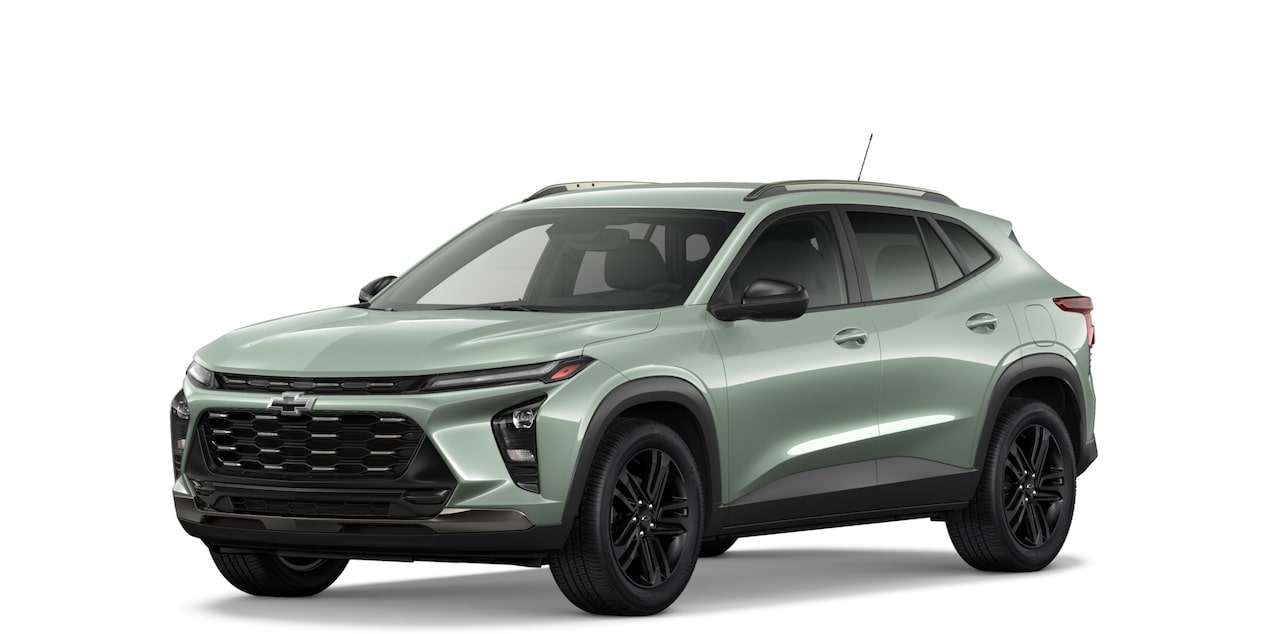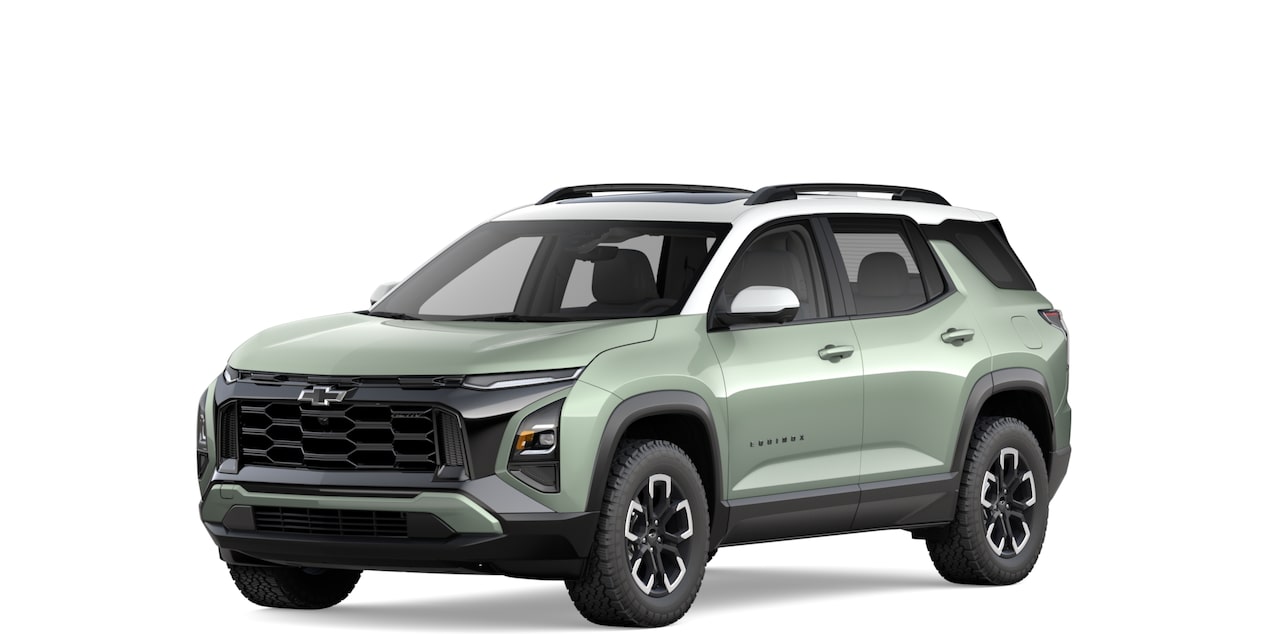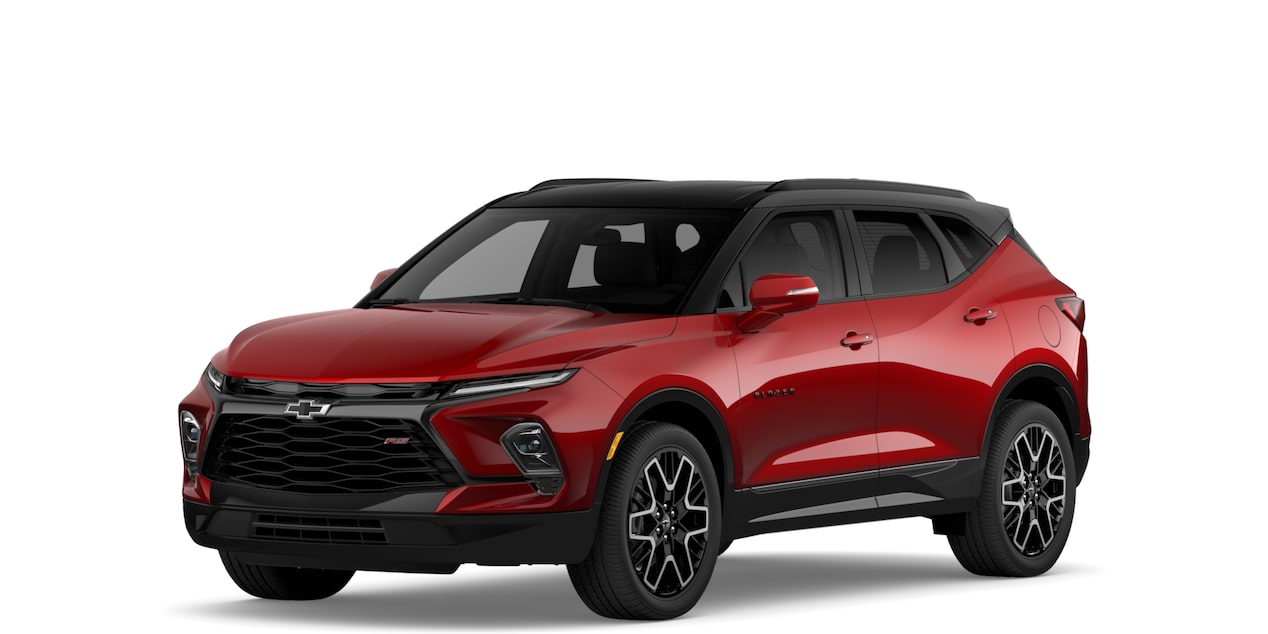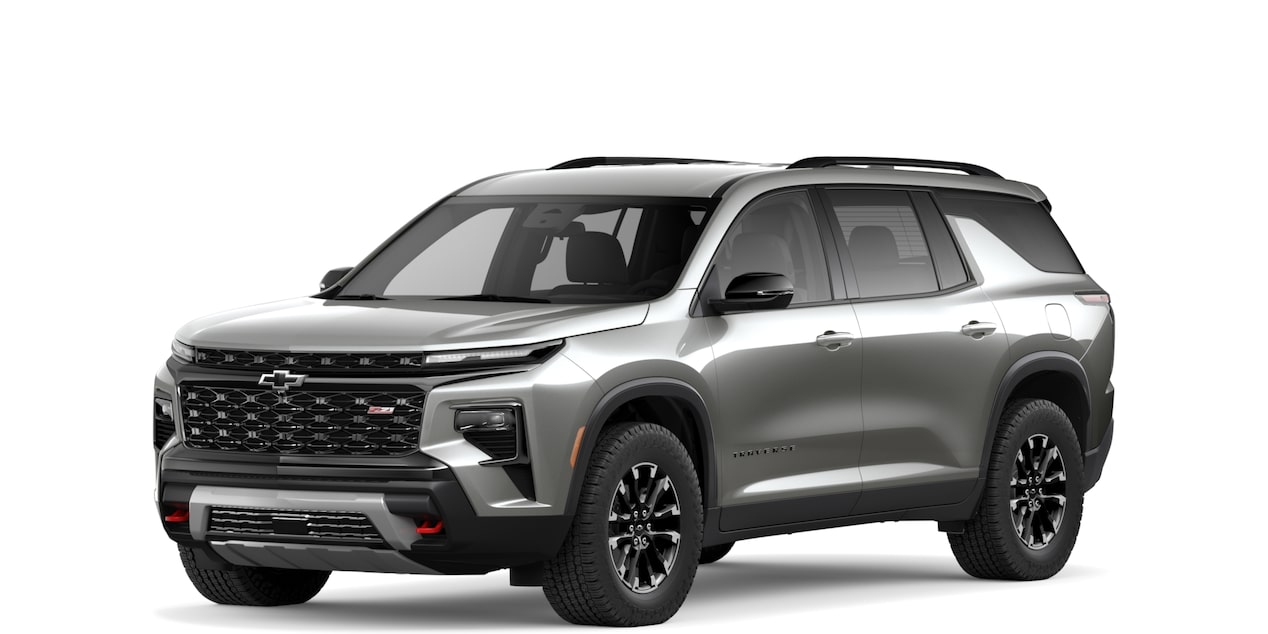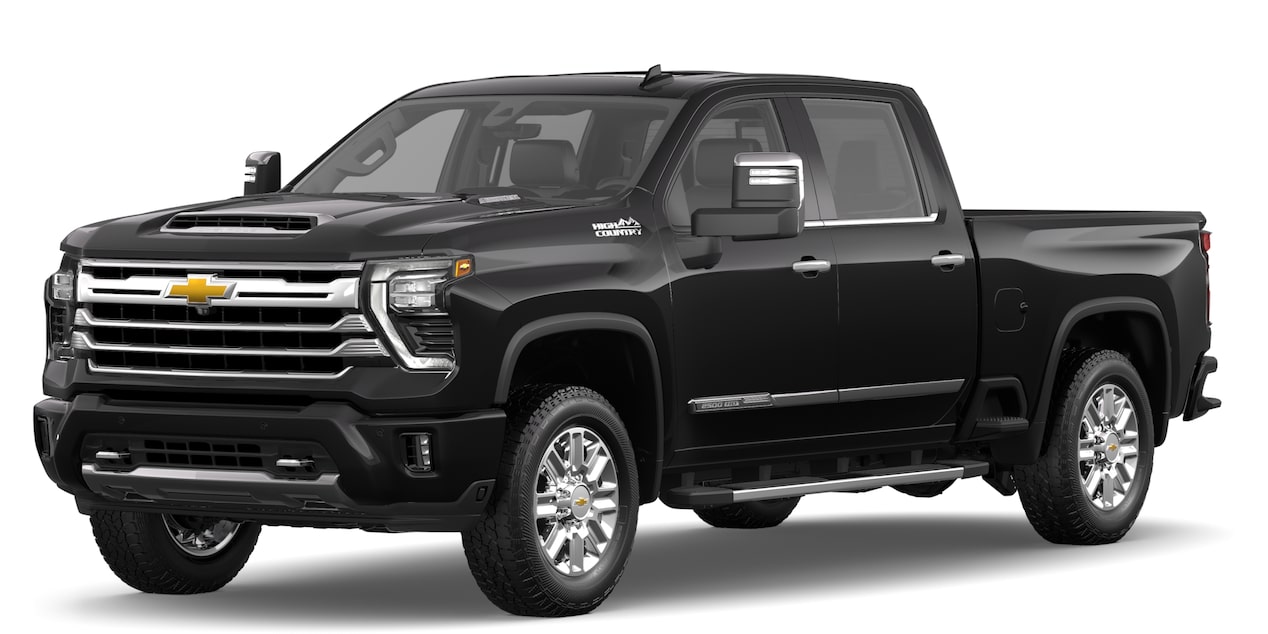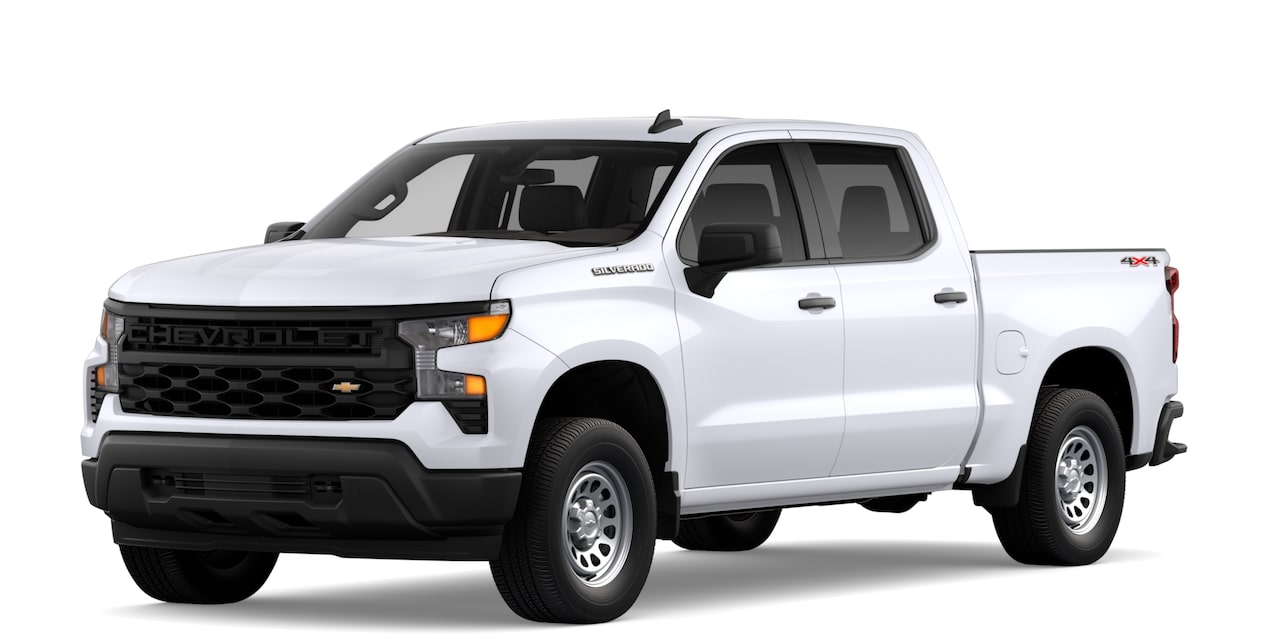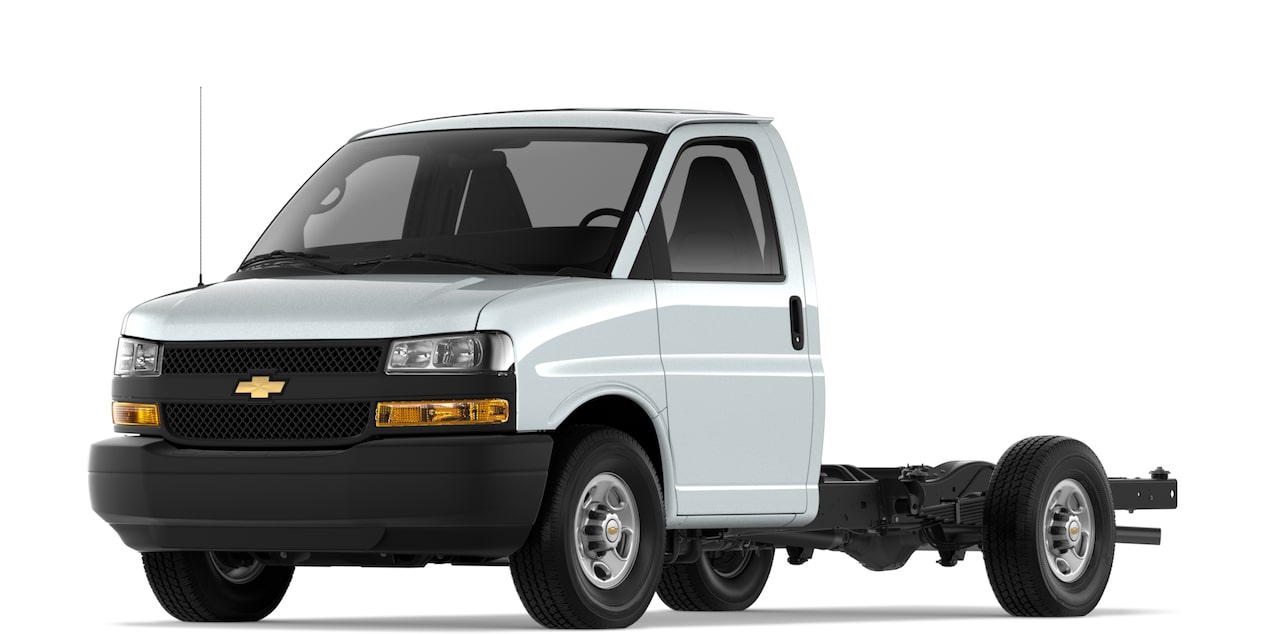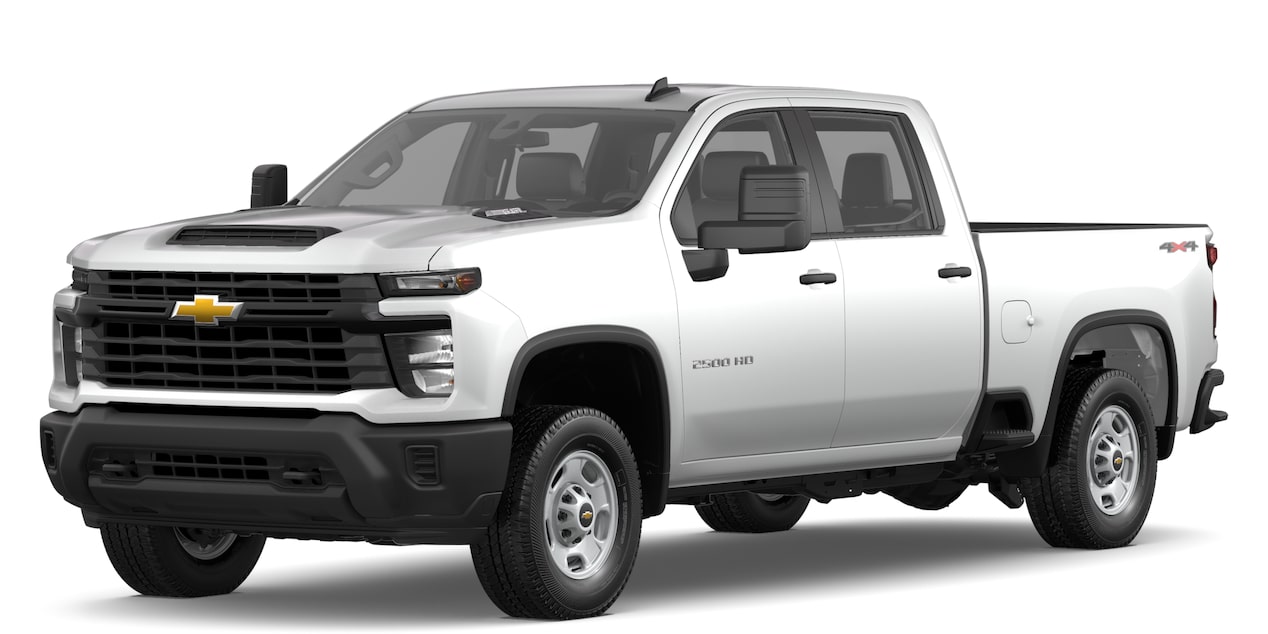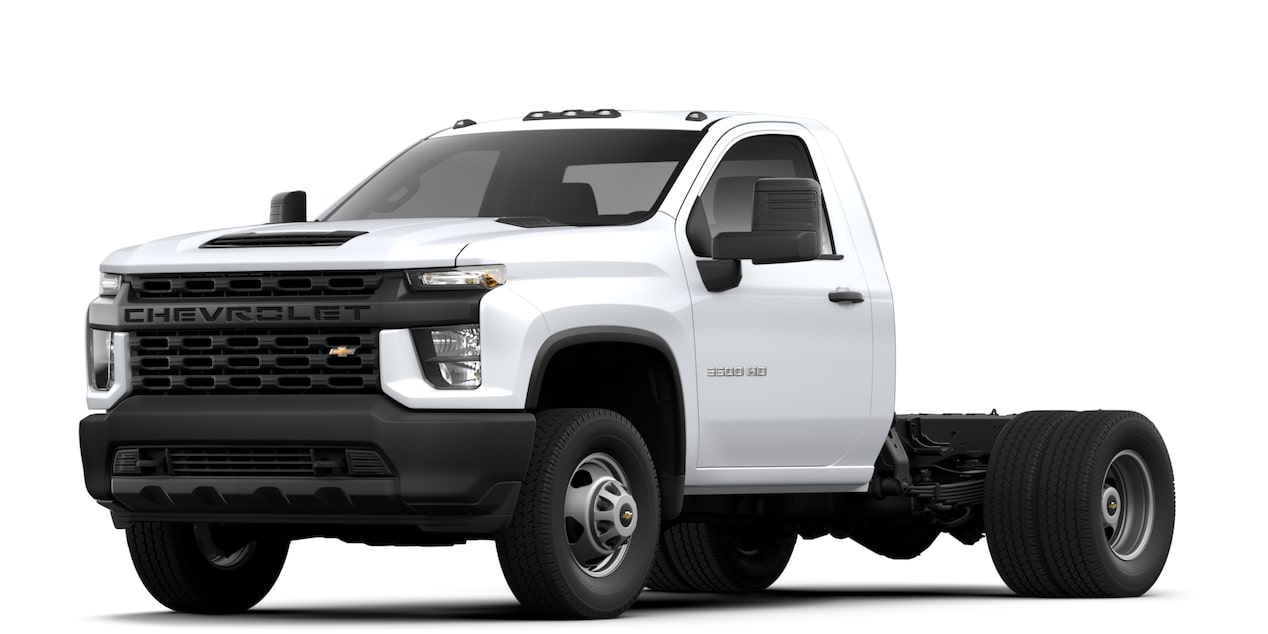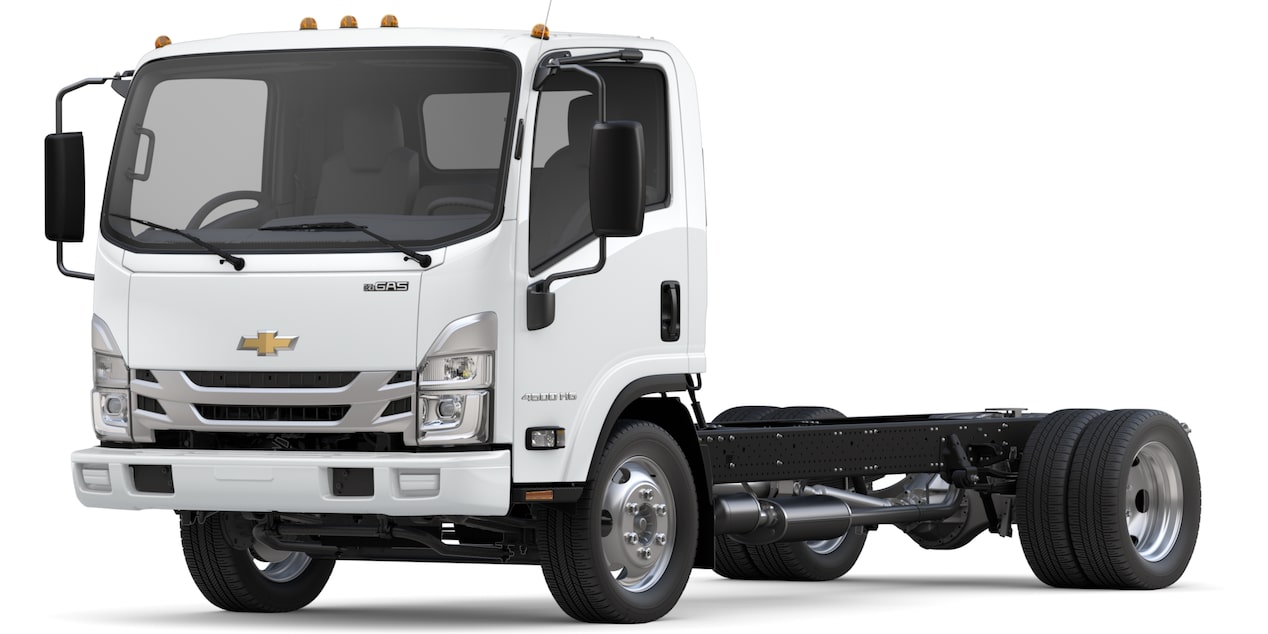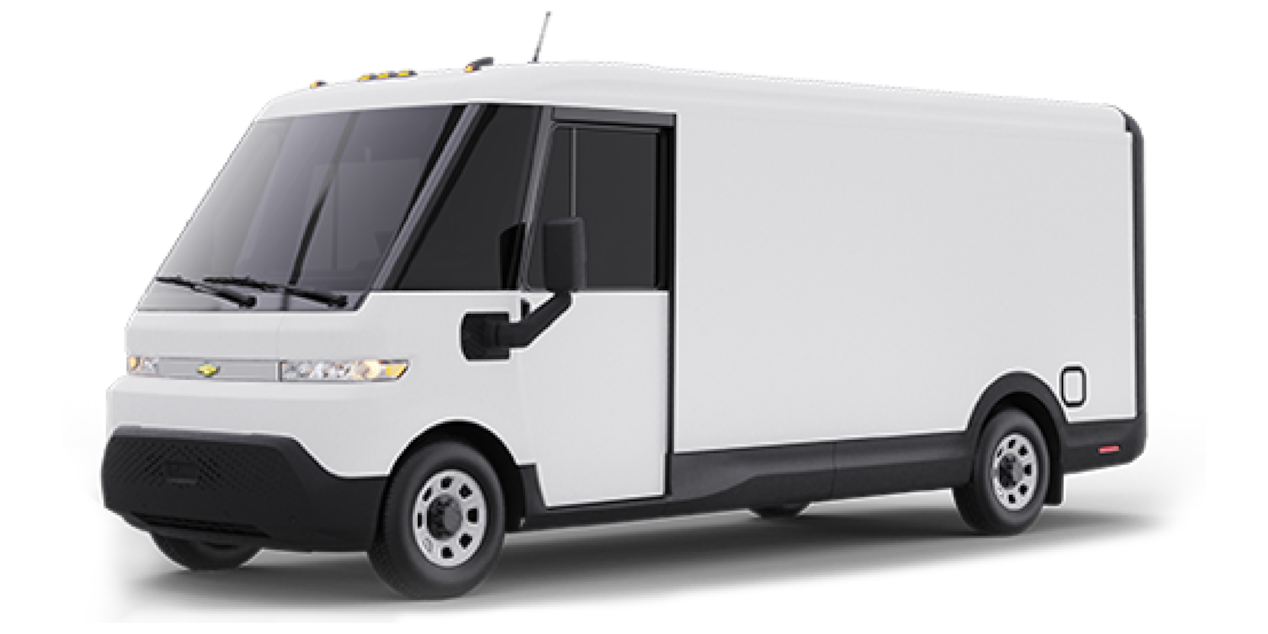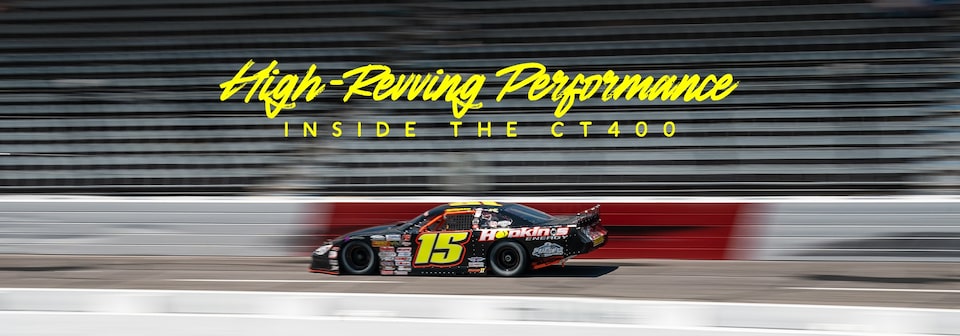
Published 3/14/24
Bowtie Builder: Steve Flanagan has a Fleet of LS-powered Vehicles
WORDS: DAN HOGDON
PHOTOS: LUCAS PRIAMO and NATE LIGHT
Share on
Share on
Visit us at
Visit us at
Steve Flanagan is, quite simply, a car guy. His property in Gilbert, Arizona, is full of a wide variety of vehicles – many featuring LS power under the hood. He’s a self-taught mechanic and does the vast majority of the work himself in his home shop, sometimes enlisting the help of his friends.
Flanagan is originally from Santa Ana, California, but moved to Tempe, Arizona, when he was 5 years old. He went to high school in Tempe, where he first became enamored with the automotive hobby, and eventually settled in Gilbert.
He worked as a mechanic for a decade, but after getting burned out, made the switch to working for a company doing HVAC work and plumbing. However, during the economic downturn in 2009, he was laid off and started his own air conditioning contracting company out of necessity. It has been in business for 14 years now and has grown to a team of five office personnel and close to 30 technicians.
Along the way, Flanagan has remained a diehard performance enthusiast.
Recently, we looked at Flanagan’s impressive 1981 DeLorean featuring an LS4 swap. Now, we’re shining a spotlight on some of his other builds utilizing LS engines.

Steve Flanagan is a longtime Chevrolet enthusiast who has built a wide variety of GM-powered vehicles at his home in Gilbert, Arizona.
1968 Camaro
This blue Camaro was Flanagan’s first LS build, and it just so happened it’s his all-time favorite vehicle model.
“The Gen 1 Camaro has been my dream car forever, since I saw it in a movie,” he said. “That was the one I’ve always wanted.”
As fate would have it, he spotted dozens of first-generation Camaros in a backyard while working on a roof in Tempe. The owner eventually agreed to part with one that was orignally powered by a 327 cu.-in. Small-Block with an automatic transmission. The car, previously used in drag races, was a simple rolling chassis without a running gear when Flanagan bought it. He originally intended to build a wild 454 Big-Block paired with a Muncie four-speed, but instead decided to go the LS route and utilized a 6.0L LS2 from a 2007 Corvette. He mated it to a five-speed TREMEC TKO 600 transmission and used a Wilwood hydraulic clutch assembly.
“I started seeing all these articles about LS this and LS that, that was eight years ago and it was really gaining speed,” Flanagan said. “Then I started looking at these places that sell a lot of kits that help make it easy with motor mount kits, cross members for trannys and all the different things that are just readily available …. I said, ‘I’ve never done any LS stuff, but I'm just as smart as the next guy, why couldn't I do it?’ So, I decided to dive in and give it a go and see if I had what it took to do an LS swap.”
Once he had the engine installed, he planned on first trying to crank, and then turning to the troubleshooting phase to figure out what else he needed to do to get it running. To his amazement, the reliable LS started the first time.
Flanagan also utilized a variety of Chevrolet Performance engine components, including the wiring harness and computer. Being a self-described “LS rookie” at the time, Flanagan worked closely with a representative from the Bowtie to educate him and ensure he had the parts he needed.

Flanagan’s 1968 Camaro is powered by a 6.0L LS2 engine from a 2007 Corvette.
The Camaro was in all-around rough shape when it came into Flanagan’s possession and he made a variety of upgrades in addition to the engine swap.
He reskinned the entire original vinyl top with a new metal roof, added a new metal panel to the trunk, and relocated the battery back to the front of the car (it had been placed in the trunk during the Camaro’s drag racing days). Flanagan also added Ridetech coilover suspension in the front while still utilizing the original Camaro front subframe. The rear is running leaf springs, but Flanagan did a Detroit Speed tub kit out back to allow for wider tires and wheels; today the car sports US Mags. The Camaro also includes a cut and narrowed Currie Ford nine-inch rear end and the whole vehicle is lowered about 2.5 inches from its stock ride height.
Flanagan first planned to paint the Camaro silver with black SS stripes, but instead elected to go with a color known as Graphite Blue Metallic that was introduced on the 2017 Porsche 911. He painted the car in his yard with an inflatable paint booth, the same way he paints all his vehicles.
The interior features modern upgrades including TMI seats and Dakota Digital gauges, but Flanagan plans to still upgrade some flaws in the upholstery.
In all, the project took about four years.
“When I built this car, it was the first of my car-building ventures and I was somewhat on a budget back then,” he said. “I completed this build about eight years ago, so it was my first, and at the time budgetary constraints did have an effect on what I chose to do and what I omitted doing. I have plans to circle back to this car and change a few things that I wish I'd done differently.”

Flanagan has owned multiple versions of the popular Jeep CJ-7. His current 1984 model is LS-equipped.
1984 Jeep CJ-7
Flanagan is a fan of a wide variety of vehicles and has had multiple Jeep CJ-7 models since graduating from high school. He’s currently on his third one. In the past, he built carbureted V-8 Chevrolet Small-Block engines to replace the Jeep’s original mills.
However, as he became more versed in the LS platform, he chose a 430-horsepower, 6.2L Chevrolet Performance LS3 crate engine* to power his current tan 1984 CJ-7. It is mated to a four-wheel-drive SuperMatic 4L70-E four-speed automatic transmission. Flanagan was able to marry the vehicle’s original Dana 300 transfer case to the transmission so he could use the stock four-wheel-drive components, but he did have some custom drive axles made.
“With the 6.2 I wanted to do something that was a little bit radical,” Flanagan said. “Some guys do Chevy swaps with 5.3 motors and things like that. I said I'm gonna do the big dog.”
He found that the LS3 worked well for his needs.

A Chevrolet Performance LS3 crate engine* is under the Jeep’s hood.
“One of the things that I really came to understand is that with the GM LS crate motor, the cost to buy one ready to go is almost negligible [compared] to having a machine shop do machine work and buy all the parts to build your motor,” Flanagan said. “At the end of the day, it was a lot smoother to just buy the motor ready to go. It’s got a lot of the accessory stuff, the water pump and things like that, and then I bought the Chevy accessory drive kit for the power steering and everything else you need. It’s very, very simple to go with the crate. The cost value is there.”
Flanagan purchased the CJ-7 in Tucson, Arizona, after finding it in a field behind a house. When he got it home he did a full rotisserie, frame-up restoration and powder-coated the chassis. He added a 2.5-inch spring lift with a 1.5-inch shackle lift and set it on 33-inch tires.
The Jeep is painted in a Toyota Tacoma color called Quicksand, but it features a stock graphics kit for the era. The interior includes all replacement parts, highlighted by a set of Corbeau seats.
The CJ-7 has taken Flanagan to a variety of places, including off-road environments.
“I've taken it on some pretty interesting, challenging trails and it performs really well,” he said.

This 1969 C10 pickup features a Chevrolet body and GMC frame.
1969 C10
Another vehicle in Flanagan’s fleet using crate engine power, is a custom 1969 C10 build made up of multiple GM trucks.
Originally, Flanagan had bought a 1971 GMC short-box pickup, but the body was in bad shape. He took the body off and powder-coated and C-notched the frame, upgraded the suspension components and added a Wilwood brake system. He also added a 6.2L Chevrolet Performance LS376/525 crate engine* paired with a SuperMatic 4L70-E four-speed automatic transmission. When he got the chassis finished, a 1969 C10 became available, sporting a body without nearly as many metal problems. He decided to drop that body on the GMC truck, converting it into a Chevrolet. Meanwhile, he sold the ’71 GMC body he had been restoring and the C10’s original frame went under Flanagan’s friend’s 1972 GMC truck.
The engine in the C10 is based on the standard LS3, but an aggressive ASA camshaft helps it make 525 horsepower and 486 lb.-ft. of torque.
“Everything I own has a little bit of difference to it,” Flanagan explained. “I’ve got the 6.2 with the cam, the 6.2 without one [in the CJ-7], and a 5.3 and 6.0. I wanted to see what kind of performance I got from different packages, so I figured as far as all these cars go, this was the best candidate to go with the cammed motor and the higher horsepower.”

A Chevrolet Performance LS376/525 crate engine* sits in the engine bay of the 1969 C10.
The truck still includes the original 12-bolt GM rear end, but Flanagan narrowed the rear axle five inches and added mini-tubs. The truck also has a full Ridetech suspension system with adjustable coilovers and tubular A-arms and trailing arms. Thirteen-inch Wilwood disc brakes all around bring the truck to a stop. Six-piston calipers are in the front with four-piston calipers in the rear.
“It’s got all the goodies under there,” Flanagan said.
The truck currently features a patina style from its various incarnations in past lives, but Flanagan plans to update it.
“I like patina, but at the end of the day, that's not patina,” Flanagan said. “Patina to me is an original paint job that [the vehicle] was born with that's faded out. That thing's been painted three different times, it's got primer, it's got two different colors in it.”
He would like to paint the truck in a muted color, perhaps a grayish-tan Porsche shade called Chalk. He also plans to do some pinstriping down the side – burnt orange is an option – and incorporate the Chevrolet bowtie logo.
The custom 19-inch wheels complementing the exterior motif are US Mag Big Slots, which Flanagan sees as an exaggerated version of the original Rallye wheels. He added Chevrolet-branded steel center caps so that they would look more period-correct.
Among the interior upgrades are a set of Dakota Digital gauges, while the original door panels have been reupholstered by a husband-and-wife team that specializes in classic Chevy trucks.
Like all of Flanagan’s projects, his C10 is a work of art.
Next, he plans to wind down his LS operation and take on a variety of LT-based projects. In fact, he has several vehicles in his yard awaiting LT power plants.
Although he is interested in all vehicles, Flanagan has a special affinity for the Bowtie.
“I became a Chevrolet guy when I became a mechanic out of high school, because the shop I worked at was a bunch of Chevy guys,” he said. “I just absorbed that knowledge and really got into Chevrolets at the time. I'm glad I did.”
Be sure to keep watching The BLOCK for many more Chevrolet Performance builds from across the United States.
*Because of their effect on a vehicle’s emissions performance, these engines are intended exclusively for use in competition vehicles. These engines are designed and intended for use in vehicles operated exclusively for competition: in racing or organized competition on courses separate from public roads, streets or highways. Installation or use of these engines on a vehicle operated on public roads, streets or highways is likely to violate U.S., Canadian, and state and provincial laws and regulations related to motor vehicle emissions.




